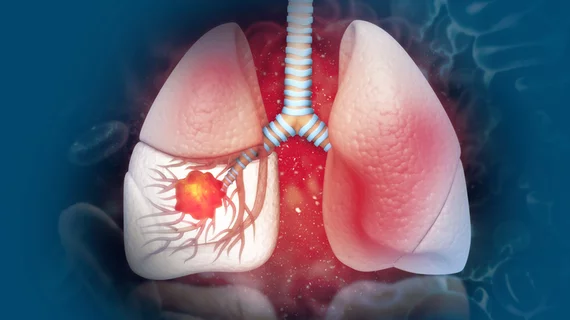AI powers dual CT screening for lung cancer and cardiovascular disease
Screening patients for lung cancer using low-dose computed tomography also affords clinicians an opportunity to assess individuals’ risk of cardiovascular disease, a new study published in Nature Communications suggests.
Heart disease and cancer are leading killers in the U.S. and both share common risk factors, making a single diagnostic tool potentially valuable for managing both conditions. And with the help of deep learning, Rensselaer Polytechnic Institute and clinicians from Massachusetts General Hospital proved it could be done, at least in high-risk patients.
The algorithm model achieved positive predictive results in multiple patient datasets, paving the way for more efficient and cost-effective care while also limiting radiation dose, researchers explained May 20.
“In this paper, we demonstrate very good performance of a deep learning algorithm in identifying patients with cardiovascular diseases and predicting their mortality risks, which shows promise in converting lung cancer screening low-dose CT into a dual screening tool,” Pingkun Yan, an assistant professor of biomedical engineering and member of the Center for Biotechnology and Interdisciplinary Studies (CBIS) at Rensselaer, said in a statement.
The group noted dual screening isn’t easy, given LDCT images are usually lower quality, making features harder to distinguish. So they developed, trained and validated their system on more than 30,000 scans taken from the renowned National Lung Screening Trial. Their tool filters out artifacts and noise and extracts key features required for diagnosing patients.
In addition to achieving positive area under the curve scores, the algorithm proved to be nearly as effective as radiologists in analyzing CT scans. It also rivaled the performance of cardiac CT scans for assessing cardiovascular disease risk when tested on an independent set of 335 patients at MGH.
“This innovative research is a prime example of the ways in which bioimaging and artificial intelligence can be combined to improve and deliver patient care with greater precision and safety,” said Deepak Vashishth, the director of CBIS.
You can read the full study in Nature Communications here.

